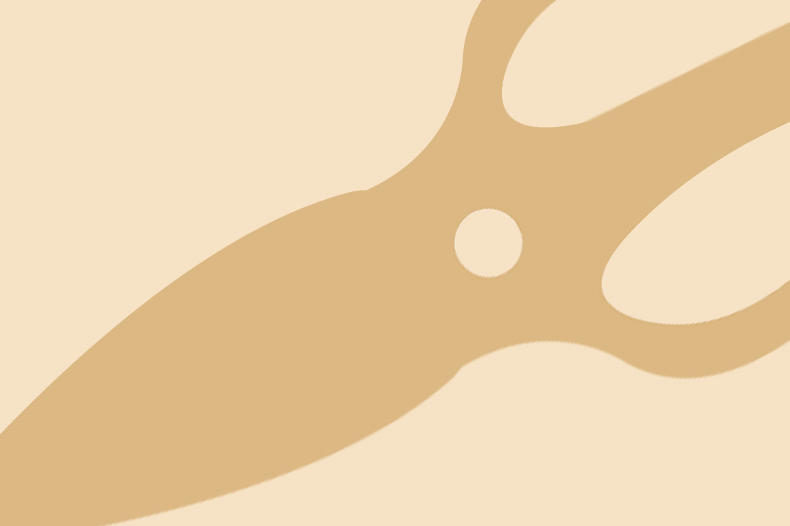First UK test for Cofemel
EU alignment on artistic works has been left in doubt, suggests Caspar Rebling. [2020] EWHC 148 (IPEC), Response Clothing Ltd v The Edinburgh Woollen Mill Ltd, High Court, 29th January 2020

Here, Response Clothing Ltd (Response) sued The Edinburgh Woollen Mill Ltd (EWM) for copyright infringement, claiming that a “wave arrangement” jacquard fabric design is protected as an artistic work under s4 of the Copyright, Designs and Patents Act 1988 (CDPA).
The key question considered was whether the wave arrangement is protected as a “graphic work” or “work of artistic craftsmanship”. Having concluded that the definition of a graphic work could not be extended to include a fabric design, His Honour Judge Hacon reviewed relevant case law related to the latter designation.
Finding Hensher inconclusive on the appropriate standard of assessment, HHJ Hacon turned to the test laid out in Bonz, that the individual making the fabric should be “both a craftsman and an artist, [where a] craftsman is a person who makes something in a skilful way and takes justified pride in their workmanship. An artist is a person with creative ability who produces something which has aesthetic appeal.” HHJ Hacon concluded that the wave arrangement could qualify for protection under that test.
EU alignment
HHJ Hacon noted the Marleasing principle: to interpret UK copyright law, where possible, in line with the EU Copyright Directive and the Court of Justice of the European Union’s interpretation. He found that it is possible to do so only to a certain extent when assessing a work of artistic craftsmanship.
The Cofemel decision stated that EU Member States cannot through national law impose a requirement of aesthetic or artistic value.
The only requirements were for the work to be original and an expression of the author’s free and creative choices. HHJ Hacon noted that English case law may conflict with EU law here. In the Bonz test (also referred to in Lucasfilm), aesthetic appeal is clearly a limb for assessing a “work of artistic craftsmanship”. Since the wave arrangement fabric did have artistic appeal and qualified for protection under both CDPA and the Copyright Directive, HHJ Hacon decided it was unnecessary to apply Cofemel.
The claim of primary infringement was dismissed. However, having found that the garments supplied by other firms to EWM were infringing copies of Response’s wave arrangement, EWM’s possession and sale
of such copies in the course of business constituted an act of secondary infringement.
Points of interest
This is the first UK case that considers the Cofemel decision on the definition of “artistic works”. Two interesting points are raised. First, this case suggests that English law on what qualifies as “works” of artistic craftsmanship conflicts with recent EU case law. While Cofemel clearly precludes the requirement for “artistic or aesthetic appeal”, English case law still considers this element in the assessment. Second, if HHJ Hacon did not find the wave arrangement to have “aesthetic appeal”, following Cofemel, it is worth considering whether it would have been granted protection, seeing as it was found to satisfy the definition for “original” work.
Key points
- The judgment indicates that English law may be incompatible with EU case law in relation to the definition of “artistic craftsmanship”
- The judge did not specifically address the apparent conflict between the exclusion of the aesthetic appeal requirement and UK law

